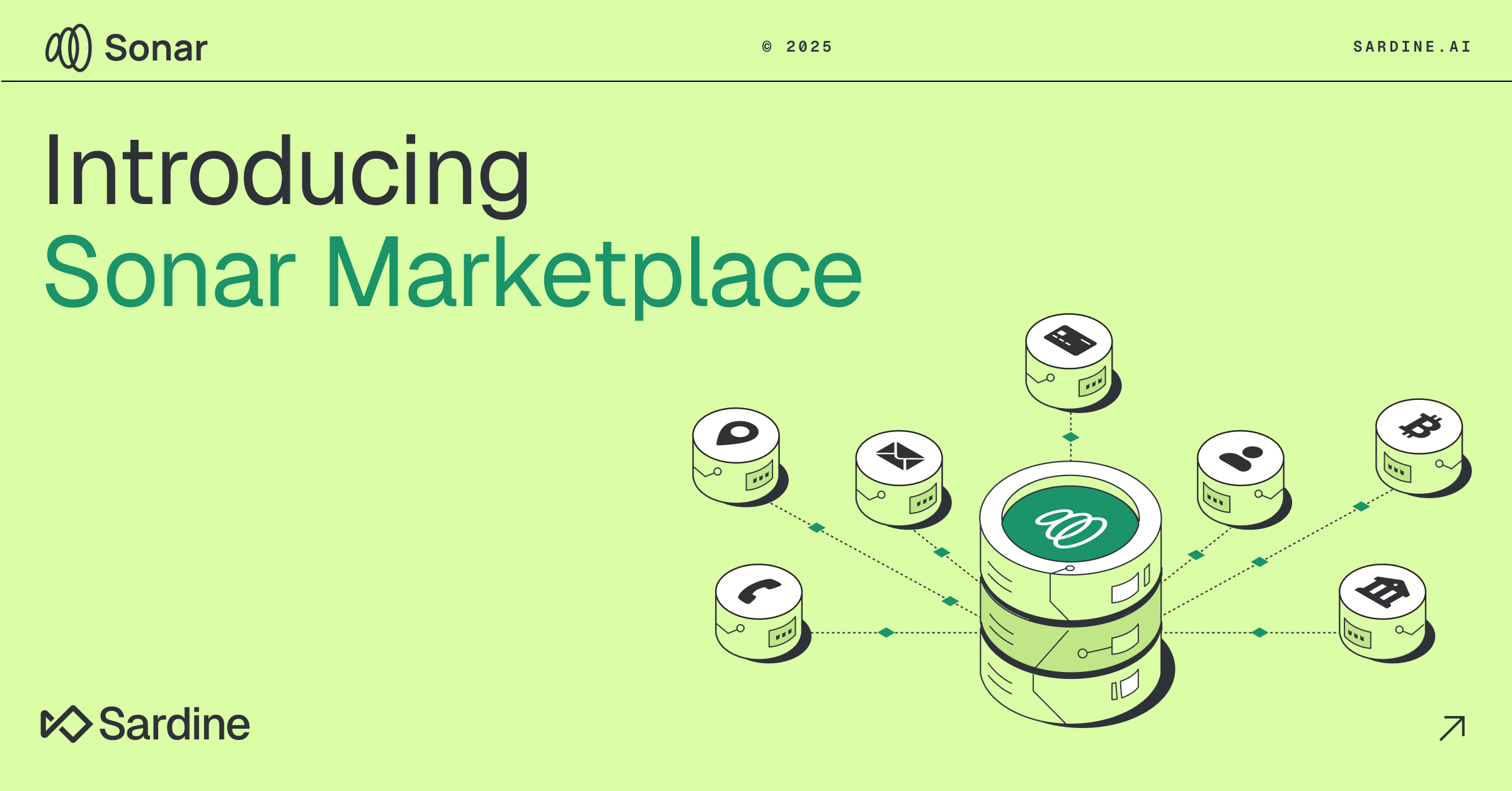Lower Card and ACH payment fraud
Identify stolen cards and compromised accounts to stop fraudulent payments and suspicious withdrawals or deposits – without blocking legitimate transactions.
Talk to Sardine
Schedule a 30-minute product demo with our experts.
By submitting this form, you agree that Sardine can contact you about our products and services. For more information, review our privacy policy.
Defend against the various types of payment fraud
Detect unusual, rapid sequences of ACH debits and credits across multiple accounts that may indicate fraudsters are manipulating float times.
Monitor for signs of money muling, such as receiving large or frequent deposits and then transferring those funds to unrelated external accounts.
Identify signs of stolen card usage, such as sudden spikes in transaction volume or geographically inconsistent transactions.
Spot signals that indicate a card has been cloned, such as identical card details used for multiple in-person transactions in quick succession.
Stop carding attacks by picking up on patterns related to card testing, like numerous small transactions followed by larger purchases.
Detect abnormal user activity during mobile app transactions, such as inconsistent device signatures or erratic transaction patterns.
ACH bank fraud
Through a combination of device and transaction based rules and Sardine’s ACH fraud model, Sardine has been able to reduce unauthorized ACH return rates by 80%.
- Predict the likelihood of NSF returns (R01)
- Prevent unauthorized ACH returns (R05, R07, R10, R11, R29)
- Stay within NACHA return thresholds
- Stop duplicate account creation fraud


Card fraud
Our card fraud model analyzes thousands of signals to block fraudulent transactions. We help you minimize fraud while maximizing your acceptance rates.
- Identify stolen card usage and card testing scenarios
- Prevent friendly fraud and fraudulent chargebacks
- Stop card cloning and skimming attempts
- Flag anomalous transaction patterns linked to card fraud
Advanced Device and Behavior signals
We detect the most sophisticated threats and fraud patterns to keep your system and customers safe from automated attacks and social engineering scams.
Bot attacks, mobile device farms, malware, phishing websites, tampered apps, and collusion.
Investment advisor, romance, pig butchering, fake tech support, and Remote Access Tools (RATs).
Stolen and synthetic identities, payment credentials, digital replays, masks, and deep fakes.
Mobile emulators, virtual machines, rooted devices, proxy, VPN, cloned sim cards.
Block fraud without adding unnecessary friction
We detect fraud upfront so you don’t need to add any friction to your legitimate users.
Fast track genuine users at checkout without needing to add redundant security checks, such as OTP, 2FA, and reCAPTCHA.
Avoid losing revenue from overly conservative rulesets that stop genuine transactions from going through.
Offer higher purchase limits for non-risky users to increase average order value (AOV) and reduce time to transaction.

Building blocks for fraud prevention
and regulatory compliance
Progressive KYC Onboarding
Support custom waterfall onboarding flows to intelligently route customers based on their initial risk level.
Real-time Bank
Account validation
Verify account ownership and risk level with the highest coverage across banks, credit unions, and fintechs.
Device Intelligence and Behavior Biometrics
Detect high-risk users exhibiting suspicious mouse movements, or using VPNs, emulators, and remote access tools.



%20(1).png)









